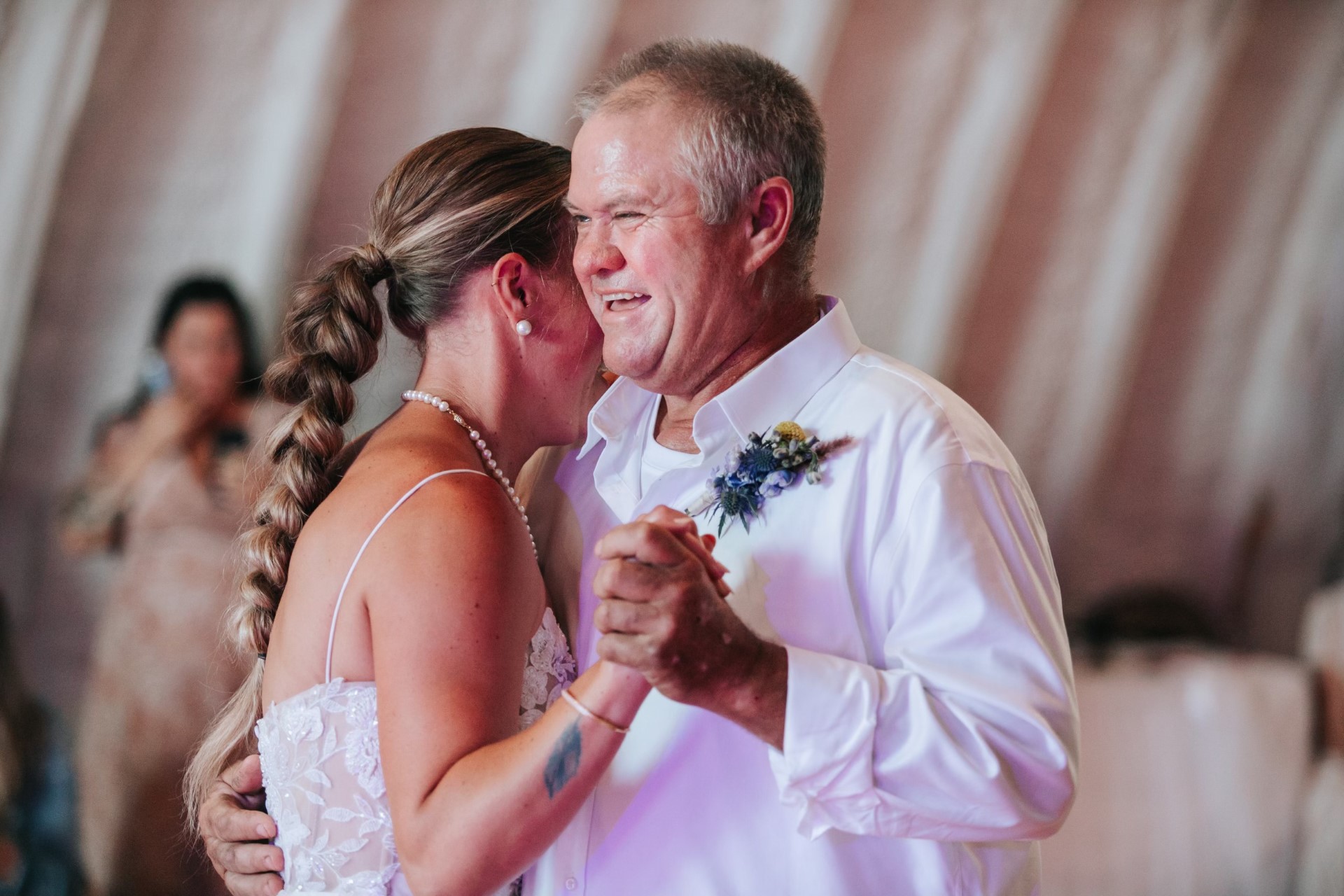Beating the Odds: An All-Arterial Bypass Surgery to a Wedding
Heart & Vascular Care“Our family appreciated that Dr. Castro wasn’t going to discharge Kyle if he was not ready, but at the same time he understood Kyle’s wish to be at his daughter’s wedding.”
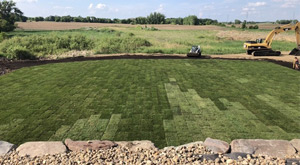 Kyle Hvezda of Alexandria secretly planned a surprise for his daughter’s wedding, something to make the day extra memorable. He did, but not exactly in the way he intended.
Kyle Hvezda of Alexandria secretly planned a surprise for his daughter’s wedding, something to make the day extra memorable. He did, but not exactly in the way he intended.
Kyle began to build several waterfalls to use as a backdrop for Heather’s June 17 backyard wedding. With the wedding only two weeks away, Kyle worked hard to complete the project. “On that Sunday — the hottest day of the summer so far — we laid 20 pallets of sod and the next day I worked like hell to get water on it,” said Kyle. While working, Kyle recalled chest pain and something that felt like terrible heartburn. He hoped it would go away and fortunately it did.
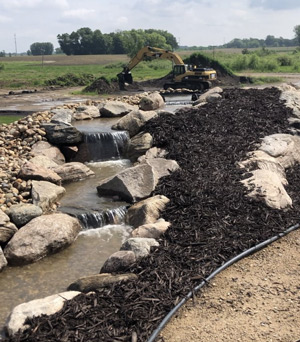 But it didn’t stay away for long. By Wednesday, it had returned. Owning his own excavating company, a seasonal business, Kyle was reluctant to take time off to see a doctor. Instead, he went to a job site, 30 miles away from home, by himself, determined to finish a project.
But it didn’t stay away for long. By Wednesday, it had returned. Owning his own excavating company, a seasonal business, Kyle was reluctant to take time off to see a doctor. Instead, he went to a job site, 30 miles away from home, by himself, determined to finish a project.
When Kyle returned home at 9:30 p.m., his wife, Deb, drove him to the hospital. “I remember Kyle saying, ‘You don’t have to rush. It’s not like I’m going to die or anything,’” said Deb. “But I knew, if Kyle asked to see a doctor, it had to be bad.”
After arriving at Alomere Health in Alexandria, staff quickly realized Kyle had suffered a heart attack. They gave him medication, including blood thinners, to stabilize his heart and then transferred him to CentraCare – St. Cloud Hospital, which was recently recognized as one of America’s Top 50 Heart Hospitals.
After further testing, Kyle met Cardiac Surgeon Nathaniel John U. Castro of the CentraCare Heart & Vascular Center. Dr. Castro told him that he would need triple bypass surgery, but the surgery would need to wait until the blood thinners left his system. He also advised Kyle to remain in the hospital because a major artery bringing blood to his heart was completely blocked.
The only problem was, Heather would be getting married in 10 days — and the waterfalls were left unfinished.
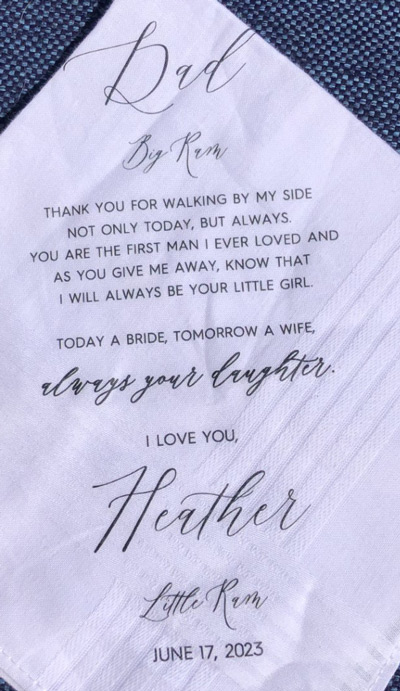
the wedding, personalizing it with their nicknames
"big ram" and "little ram."
In this spirit, Kyle was determined to do all he could to make the wedding, so he got to work, doing what he could at the hospital. “If the nurses told him to walk to strengthen his lungs to get strong for his surgery, he would make sure he walked 10 times more,” said Deb.
The day of surgery finally arrived, June 13. Dr. Castro performed an all-arterial bypass, which creates new pathways around the sections of the arteries that are blocked. “While this procedure takes longer and is more technically challenging, scientific data shows that this technique is best for young patients like Kyle and even for some older patients in terms of prolonging life,” said Dr. Castro. Only 5 percent of U.S. surgeons perform this type of coronary artery bypass graft surgery (CABG).
All went well for Kyle, but he faced the typical four-to-five-day post-surgery hospital stay. “Our family appreciated that Dr. Castro wasn’t going to discharge Kyle if he was not ready, but at the same time he understood Kyle’s wish to be at his daughter’s wedding,” said Deb.
Dr. Castro believes that medicine is an art. “We can’t just practice science; we have to be human, too,” he says. With that in mind, he and his team worked hard behind the scenes to reduce complications, enhance recovery and provide Kyle with confidence in a shorter hospital stay using enhanced recovery guidelines endorsed by the Society of Thoracic Surgery.
“We felt that everyone at the hospital was aware of the situation and what Kyle was up against,” said Deb. “They all worked double time. Everybody pulled together on this end and on the other end.”
In fact, back at home, Kyle’s family and friends had a surprise of their own. They worked together to finish the waterfalls. “We had everybody working — our kids, parents, siblings,” said Deb. “They all chipped in to help so Kyle didn’t have to worry about it. We just wanted him to focus on getting better.”
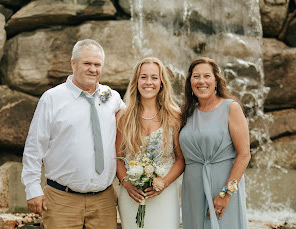 The waterfalls were ready. Now they only needed the father of the bride.
The waterfalls were ready. Now they only needed the father of the bride.
Back at St. Cloud Hospital, Dr. Castro continued to monitor Kyle. “If Kyle was physically ready, Dr. Castro asked staff to treat day one like day two, to keep the process moving forward. Every nurse, every person was just fantastic,” said Deb.
Then, the night before the wedding, Dr. Castro told Kyle he could go home. The second they found out, Deb called Heather with the good news. “As soon as I told her, we both cried. I could hear the relief and excitement in her voice.”
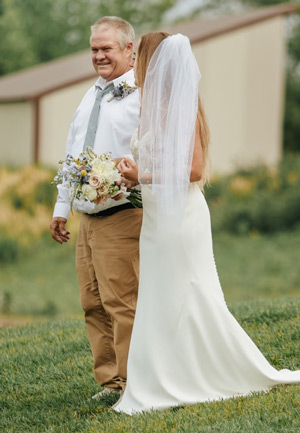 The following day, 275 people were able to witness Kyle walking Heather down the aisle and taking part in the traditional father/daughter dance, swaying to “I Loved Her First” by the band Heartland.
The following day, 275 people were able to witness Kyle walking Heather down the aisle and taking part in the traditional father/daughter dance, swaying to “I Loved Her First” by the band Heartland.
“I’m not going to lie, it was all really emotional and stressful, worrying about Kyle and worrying about the wedding. We wanted to make sure this would be the best day for Heather, while making sure Kyle was OK,” said Deb. “But it all worked out. Kyle made the wedding, and it was the best day ever. For that, we have Dr. Castro and his team to thank. You have no idea how grateful we are to him.”
A couple of weeks after the wedding, Kyle went back to work, operating his excavating equipment. Most open heart surgery patients are not allowed to drive for six weeks. However, Dr. Castro’s use of specially designed titanium plates to rejoin the breastbone (sternum) after it was cut open resulted in less post-surgical pain, easier breathing, a shorter hospital stay and faster healing.
Since 1988, the heart surgery program at CentraCare has touched thousands of lives and has earned recognition from U.S. News & World Report and Consumer Reports. “We are proud to offer the kind of surgery you would want your parents or grandparents to have and to offer state of the art services, right in your backyard,” said Dr. Castro.
Photos courtesy of Kelsey Jo Photography and the Hvezda family.
